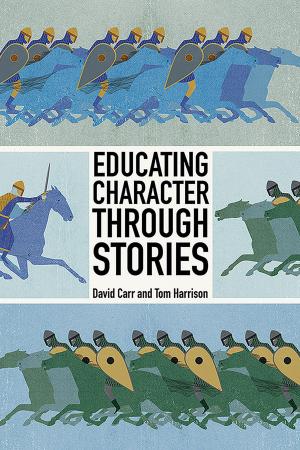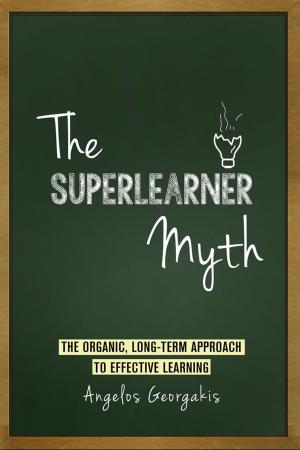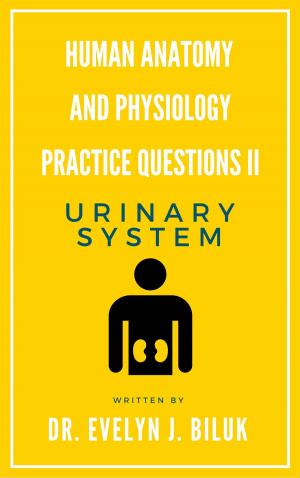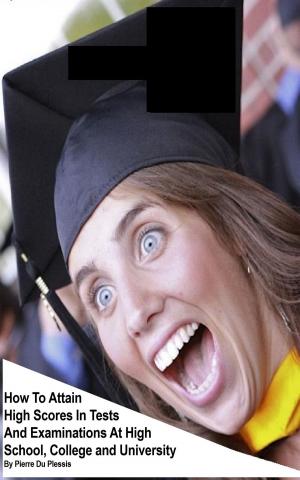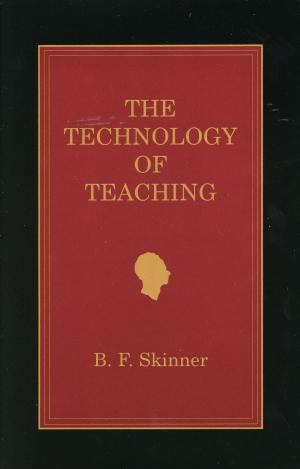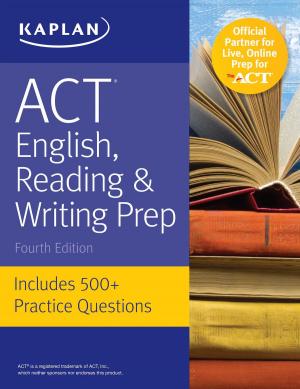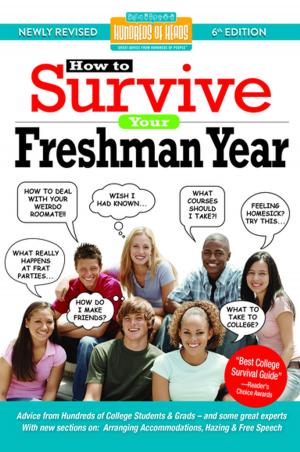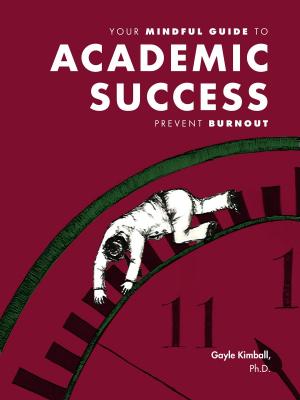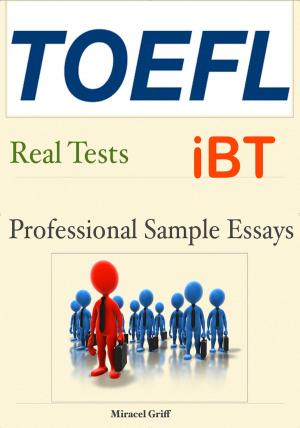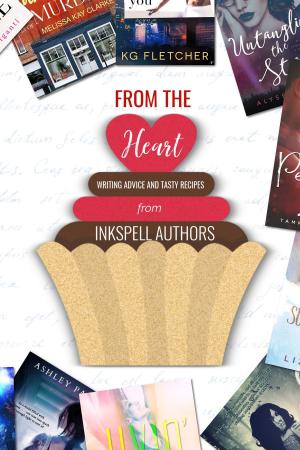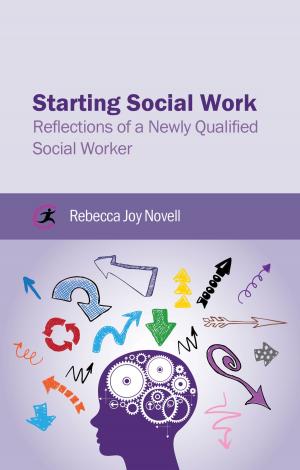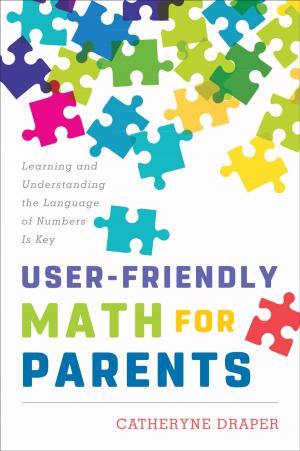| Author: | Ron Fitzgerald | ISBN: | 9781936539352 |
| Publisher: | Ron Fitzgerald | Publication: | July 19, 2011 |
| Imprint: | Smashwords Edition | Language: | English |
| Author: | Ron Fitzgerald |
| ISBN: | 9781936539352 |
| Publisher: | Ron Fitzgerald |
| Publication: | July 19, 2011 |
| Imprint: | Smashwords Edition |
| Language: | English |
This highly visual and interactive HOW TO LEARN handbook for teenagers in high school or middle school is a powerful tool for the students. It guides a youngster in discovering the uniqueness of his or her brain. It then shows how well tested and proven techniques can be used to improve learning and to find a rewarding path in college and a career area. It truly fills the need for increasing help on how to learn at a time when high stakes tests are pushing for more and more learning often without leaving much time for studying the art of learning itself. Every teen can profit from using this inexpensive eBook. It is also an ideal resource for school programs on how to learn; a copy on each computer in a lab or library or classroom can become the basic reference for an important learning service to students. For more information on the book, visit www.ImproveLearning.info. Meanwhile here is a list of important topics presented in the handbook:
• Using brain-friendly techniques improves learning.
• LEARNING HOW TO LEARN is an important subject.
• Brain characteristics vary based on left-right dominance and upper-lower thinking preferences.
• The left brain favors logic, words, and numbers.
• The right brain favors randomness and images. (Use drawings in your notes.)
• Different styles of receiving information include auditory, visual, somatic, and reflective.
• Use your preferred style for difficult learning, but grow your comfort with other styles also.
• Graphic organizers can be useful to most learners.
• The brain tends to remember useful information.
• Using multiple senses usually results in more learning than using one sense.
• Discussion with others can aid learning.
• Using information gives it meaning and helps learning.
• Teaching others helps you to learn more.
• Each of us has multiple types of intelligence or thinking techniques, but most of us have intelligence or talent preferences.
• As with learning styles, use your preferred intelligences but grow others also to gain the most thinking power.
• Emotional intelligence is especially important to career success.
• A cause and effect diagram can be a powerful thinking and planning tool. Use it to grow planning power in your pre-frontal lobes.
• A Brain Preference Test can give you important information on your thinking preferences.
• Matching your thinking preferences to a career area can help you to enjoy your work.
• Be conscious of your best attention span (age + 2 minutes to a maximum of 30).
• Use the beginning-end-middle or B. E.M. rule to improve learning efficiency. Alternate study with short breaks or changed activity.
• Repetition aids remembering.
• Experience or doing something with what you have learned aids remembering.
• Experiencing emotion with learning promotes remembering.
• Downtime (breaks, rest, or sleep) after learning and then review or using the information promotes remembering.
The teachers who worked with author Dr. Ron Fitzgerald helped hundreds of students enjoy learning and succeed with this information.
This highly visual and interactive HOW TO LEARN handbook for teenagers in high school or middle school is a powerful tool for the students. It guides a youngster in discovering the uniqueness of his or her brain. It then shows how well tested and proven techniques can be used to improve learning and to find a rewarding path in college and a career area. It truly fills the need for increasing help on how to learn at a time when high stakes tests are pushing for more and more learning often without leaving much time for studying the art of learning itself. Every teen can profit from using this inexpensive eBook. It is also an ideal resource for school programs on how to learn; a copy on each computer in a lab or library or classroom can become the basic reference for an important learning service to students. For more information on the book, visit www.ImproveLearning.info. Meanwhile here is a list of important topics presented in the handbook:
• Using brain-friendly techniques improves learning.
• LEARNING HOW TO LEARN is an important subject.
• Brain characteristics vary based on left-right dominance and upper-lower thinking preferences.
• The left brain favors logic, words, and numbers.
• The right brain favors randomness and images. (Use drawings in your notes.)
• Different styles of receiving information include auditory, visual, somatic, and reflective.
• Use your preferred style for difficult learning, but grow your comfort with other styles also.
• Graphic organizers can be useful to most learners.
• The brain tends to remember useful information.
• Using multiple senses usually results in more learning than using one sense.
• Discussion with others can aid learning.
• Using information gives it meaning and helps learning.
• Teaching others helps you to learn more.
• Each of us has multiple types of intelligence or thinking techniques, but most of us have intelligence or talent preferences.
• As with learning styles, use your preferred intelligences but grow others also to gain the most thinking power.
• Emotional intelligence is especially important to career success.
• A cause and effect diagram can be a powerful thinking and planning tool. Use it to grow planning power in your pre-frontal lobes.
• A Brain Preference Test can give you important information on your thinking preferences.
• Matching your thinking preferences to a career area can help you to enjoy your work.
• Be conscious of your best attention span (age + 2 minutes to a maximum of 30).
• Use the beginning-end-middle or B. E.M. rule to improve learning efficiency. Alternate study with short breaks or changed activity.
• Repetition aids remembering.
• Experience or doing something with what you have learned aids remembering.
• Experiencing emotion with learning promotes remembering.
• Downtime (breaks, rest, or sleep) after learning and then review or using the information promotes remembering.
The teachers who worked with author Dr. Ron Fitzgerald helped hundreds of students enjoy learning and succeed with this information.

